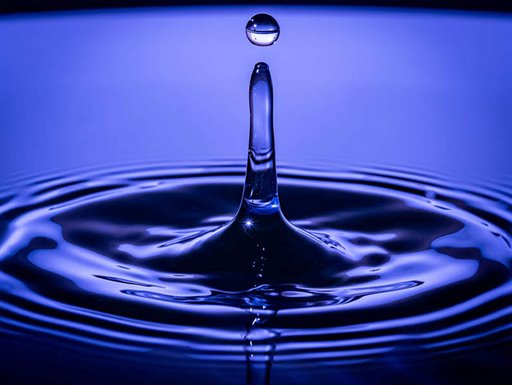Here you will find an ever increasing range of articles covering technique and tips on using our cameras and lenses.
My name is Daniel Cofar Szabo, and I live in Segovia, a small heritage city north of Madrid, Spain.
When I was little, I spent my holidays in the village with my grandparents, where I learned to live and enjoy nature. Thanks to Segovia's privileged natural surroundings, within a 20-30 km radius, I have access to wide meadows, rivers, forests, and mountains, where I can escape the city and relive those moments.
Given these factors and the fact that my professional training as a dental prosthetist makes me pay great attention to small details, it’s easy to understand why the first photographic genre I started practicing was macro photography.
My first steps were with the Olympus EM5 Mark I and its 12-50 mm Mzuiko lens, which has a macro photography option.
As I gradually started enjoying macro photography more, I decided to buy the 60 mm macro Mzuiko over 10 years ago, and my photos started to improve.
When the new Olympus EM5 Mark II came out, I ended up buying it because, with its new screen, focus peaking, and focus stacking option, it’s the perfect combo with the 60 Mzuiko. With this combo, I perform and enjoy macro photography. A few months ago, I added the EM1 Mark II.

My photographic routine consists of going out every weekend, especially on Saturdays. I usually go out before dawn. Due to my style of insect photography, I like to arrive in the field before the first light of day. This way, I ensure I find insects asleep and sluggish due to the cooler night temperatures. By arriving so early, I have 2-3 hours of softer, more pleasant light.

Once I find the subject to photograph, I spend a few minutes analyzing the location, the direction from which the sun will rise... After that, I start visualizing my desired photo. I mention this because, in the beginning, all macro photography enthusiasts (including myself) become obsessed only with getting sharp details of the insect.
Over time and becoming more critical of my photos, I have started paying attention to the three things I consider most important:
First, finding a background that complements the subject, providing a color and blur that helps highlight its silhouette.

Second, using or trying to ensure that the sunlight gradually adds colors and flares to the blurred background, something that brings a lot of life to the photo.

And lastly, the most important, achieving a good composition considering the previous two points. When we manage to combine these three points, our photos improve significantly.

If we add the fantastic focus stacking mode of our cameras, the enjoyment of macro photography is complete.
To obtain photos more quickly, in my cameras, I have one of the "FN" buttons configured to access Focus BK directly, another button to quickly switch to manual focus "MF," and the Focus Peaking assistance for the yellow color.
This way, with the subject framed, I first focus automatically, then switch to manual focus, and with the help of Focus Peaking, I ensure the focus is on the point I want. From there, with Focus Bracketing and the option to get the stacked JPEG in-camera, I can directly see if the stack is correct.

As a tip, I encourage you to think about various compositions; it’s perfect to change the shooting angle.
I also encourage shooting vertically because the photo changes a lot.

I also like to use different white balances to obtain different environments.
To create flares in grassy backgrounds, you can place LED lights and, with the help of colored gels, generate different atmospheres.

You can also use a bit of Vaseline on a UV filter to create some fog in certain parts of the photo
In 90% of situations, my photos are all with natural backgrounds and light, so I try to minimize my impact on the area where I take photos and on the insects.
In my backpack, I usually carry light diffusers, an EM5 Mark II and the EM1 Mark II, the 60 Mzuiko, spare batteries and cards, a small carbon tripod, and two lights.
Of course, I also bring suitable clothing for the field and boots that keep morning dew off our feet.
This way, you will surely enjoy macro photography and nature as much as I do.
Don't touch the insects with your hands, especially butterflies, as you can cause them significant harm.
If we respect nature, it will always have a gift for us!



